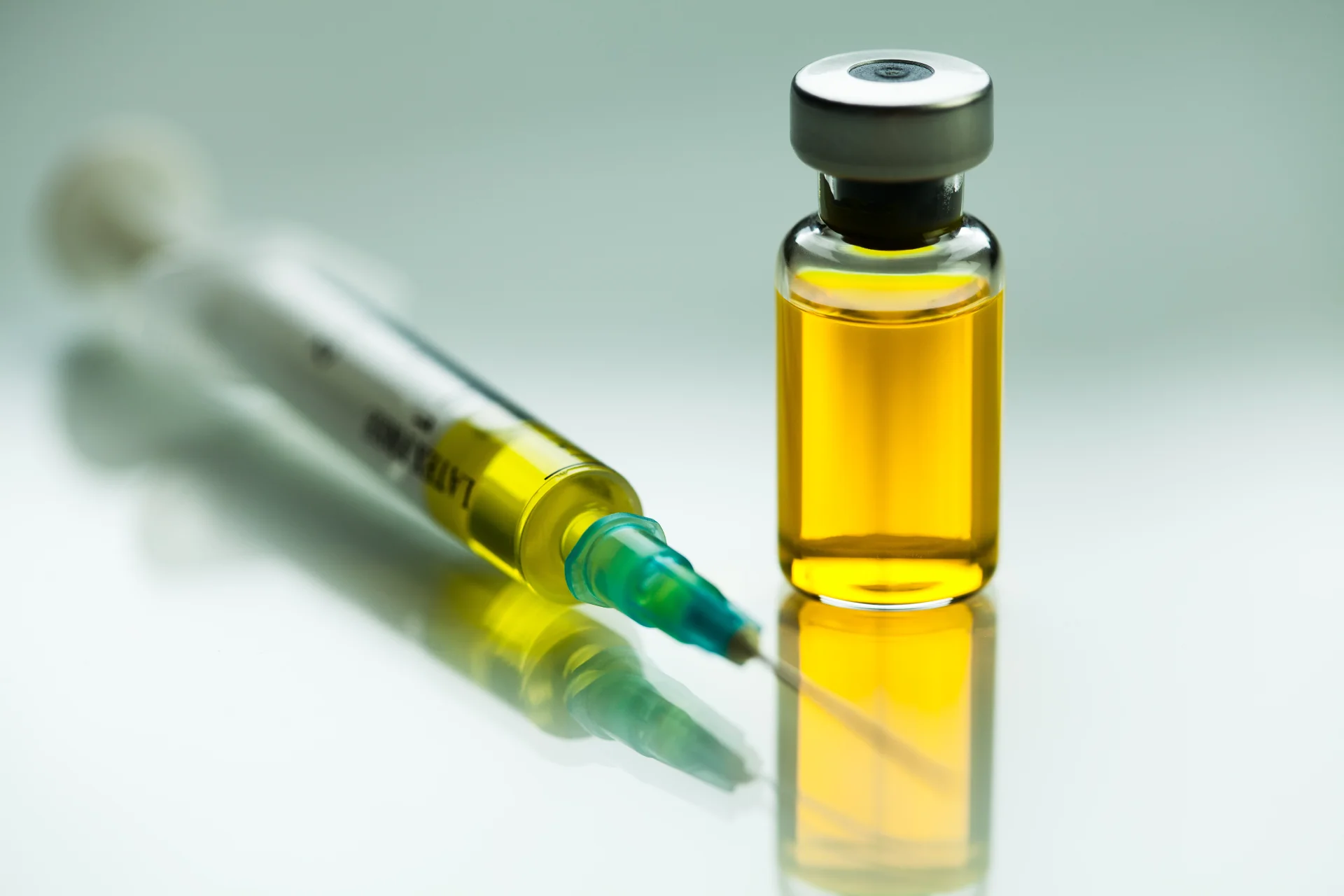Morphine Addiction Treatment in Long Island
Our Long Island morphine guide explains how dependence forms, what withdrawal feels like, and why medical detox with medication support is safest plus therapies, harm-reduction steps, and confidential referrals for lasting recovery.
Covered by most insurance plans
Available to help you 24/7
Table of Contents
Worried about morphine withdrawal and detox? You’re not alone and you don’t have to white-knuckle it. Morphine is a Schedule II prescription opioid with a high risk for dependence when doses creep up or the medication is taken longer than planned. On Long Island, we connect Nassau and Suffolk residents with licensed, insurance-compatible programs that provide medically supervised detox, medication-assisted treatment (MAT), and evidence-based therapy so you can taper safely and build a lasting recovery plan close to home.

What Is Morphine and Why It’s Prescribed
Morphine treats severe acute or chronic pain (post-surgical, trauma, cancer pain) and is available as injections, oral solutions, and immediate- or extended-release tablets/capsules (e.g., Kadian, MS Contin, AVINza, Morphabond, Roxanol). As a full opioid agonist, it binds mu-opioid receptors to blunt pain signals and can produce calm or euphoria effects that, over time, reinforce continued use and dose escalation.
How Dependence Develops
With regular exposure, your nervous system adapts. Tolerance means the same dose does less; dependence means your body “expects” the drug and produces withdrawal when levels fall. Escalating dose, taking early “rescue” doses, and combining with alcohol or sedatives all accelerate risk. Many people start with a legitimate prescription after surgery or injury and slide quietly into needing more to feel “normal.”
Warning Signs (For You & For Family)
Personal red flags: taking more than prescribed; clock-watching dose times; using with alcohol/other drugs; constipation, drowsiness, slowed breathing, confusion; doctor-shopping; panic about running out; withdrawal symptoms (sweats, GI upset, anxiety) if you miss or cut a dose.
Family-observed red flags: skipped events, irritability, unexplained weight loss, declining hygiene, money problems, secrecy about pills, faked or exaggerated injuries to obtain refills.
Why Medical Detox Matters
Stopping abruptly can trigger a predictable but miserable withdrawal syndrome. Medical detox manages symptoms, protects you from dehydration and blood-pressure swings, and lowers relapse/overdose risk (tolerance drops fast; returning to prior doses is dangerous). A supervised plan also sets up the next steps therapy, medications, and supports before cravings have a chance to pull you back.
Morphine Withdrawal: Timeline & Symptoms
Onset: 5–12 hours after last dose (earlier with immediate-release).
Peak: 72 hours: muscle and bone aches, GI cramps/diarrhea, nausea/vomiting, sweats/chills, gooseflesh, insomnia, anxiety/irritability, elevated heart rate/BP, dilated pupils, headaches.
Resolution: most physical symptoms improve over 5–7 days; psychological symptoms (low mood, sleep disruption, cravings) may linger 2–4+ weeks. Some people experience post-acute withdrawal (PAWS) waves of anxiety, insomnia, low motivation for months; these respond to structured care and skills-based therapy.
What Detox on Long Island Typically Includes
1) Comprehensive assessment: dose history, formulation (IR vs ER), co-use (benzodiazepines/alcohol), medical and psychiatric review, prior quit attempts.
2) Medication-assisted treatment (when appropriate):
Buprenorphine (often as buprenorphine/naloxone) to reduce withdrawal and cravings;
methadone for complex/severe cases;
clonidine/lofexidine to ease autonomic symptoms;
targeted non-addictive meds for sleep, nausea, diarrhea, and pain.
Naloxone is provided for overdose reversal education.
3) Symptom-paced taper or induction: plans avoid “too fast” reductions; discomfort is managed in real time to keep you engaged and safe.
4) Safety monitoring: vitals, hydration, mood, and suicide risk; special precautions if mixing with sedatives or if there’s cardiopulmonary disease.
5) Early therapy: cravings planning, sleep strategies, and relapse-prevention begin during detox so you leave with tools, not just an empty calendar.
Levels of Care Available on Long Island
- Medical detox/inpatient: 24/7 nursing and physician oversight for moderate–severe dependence or polysubstance use.
- Residential rehab: live-in structure away from triggers; daily therapy, routines, and peer support.
- PHP/IOP: Partial Hospitalization and Intensive Outpatient provide multi-day therapy each week with medication management while you live at home or in recovery housing.
- Outpatient care: weekly therapy + medication management once stable; telehealth options across Nassau & Suffolk.
Therapies That Improve Outcomes
CBT: maps triggers (pain flares, stress, social cues), restructures thought loops, and builds a written relapse-prevention plan with concrete “if-then” steps.
DBT skills: emotion regulation and distress tolerance for high-urge moments; interpersonal tools to set boundaries and rebuild trust.
Motivational Interviewing: aligns change with your values (health, family, work) to sustain momentum beyond detox.
Dual-diagnosis care: parallel treatment for depression, anxiety, PTSD, or insomnia so symptoms don’t drive relapse.
Pain-without-opioids plan: non-opioid meds, PT, paced activity, sleep rehab (CBT-I), and mind-body practices to address pain safely.
Harm Reduction & Practical Safety
- Avoid mixing opioids with alcohol or benzodiazepines unless explicitly coordinated by your prescriber this combination raises overdose risk.
- Carry naloxone and teach loved ones how to use it; call 911 for slow/stopped breathing or unresponsiveness.
- Use one prescriber and one pharmacy; secure medications; never share pills.
- Prioritize hydration, nutrition, consistent wake time, and light movement small habits blunt withdrawal severity.
Aftercare & Relapse Prevention
Detox is the first step. Ongoing care medications (buprenorphine or, when appropriate, extended-release naltrexone), weekly therapy, peer support, recovery coaching, and family education keeps you out of the relapse cycle. Your team will help build a written plan covering early-warning signs, coping actions, safe pain strategies, and emergency contacts.

Our Role on Long Island
Long Island Addiction Resources is a confidential local connector not a detox or rehab facility. We help Long Islanders verify insurance, compare licensed programs (detox, residential, PHP/IOP, outpatient), and get matched to clinicians experienced in morphine tapers, MAT, dual-diagnosis care, and recovery housing. We can also coordinate professional interventions if a loved one is hesitant to start treatment.
Begin Your Morphine Addiction Recovery in Long Island Today
If you or a loved one are ready to end your alcohol and drug use, there are many recovery options available near you in Long Island
Rehab Programs
Are you ready to take back control over your life?
Making the decision to seek help is one of the hardest and bravest steps you can take. We know that the recovery process is not always easy—there may be challenges along the way—but every step forward brings you closer to a life free from the weight of addiction.
Find treatment options covered by insurance















Let today be
your Day 1
We'll get on a call, assess your health history, and verify your insurance. Today is Day 1. We can't wait to celebrate Day 1000 with you!
Fill out this simple form and we’ll call you right back.
Frequently Asked Questions
We'll get on a call, assess your health history, and verify your insurance. Today is Day 1. We can't wait to celebrate Day 1000 with you!
How does morphine dependence develop?
Over time, the body adapts to morphine’s effects, requiring higher doses for the same relief. This tolerance can quickly lead to dependence and withdrawal when the drug is reduced or stopped.
How long does morphine withdrawal last?
Physical symptoms usually peak around 72 hours and improve within 5–7 days. Emotional symptoms like cravings, mood swings, and sleep problems can persist for several weeks.
What medications are used in morphine detox?
Common medications include buprenorphine, methadone, clonidine, or lofexidine to manage withdrawal and stabilize the patient safely.
Can chronic pain be managed after stopping morphine?
Yes. Non-opioid pain management techniques, physical therapy, mindfulness, and behavioral pain interventions can help reduce pain safely and effectively.
What harm reduction steps can lower the risk of overdose?
Avoid mixing opioids with alcohol or benzodiazepines, use one prescriber and pharmacy, carry naloxone, and maintain healthy routines for hydration, sleep, and nutrition.
